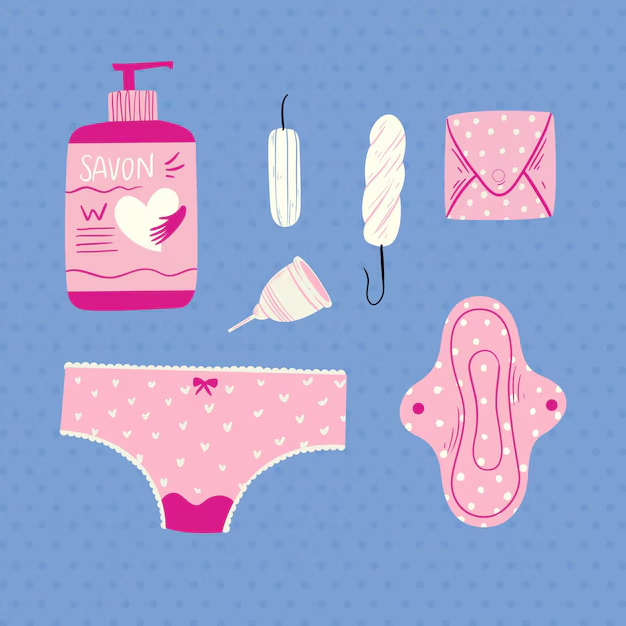
Proper disposal of sanitary napkins is not only essential for hygiene but also for environmental sustainability. Sanitary napkins, also known as pads, are used by millions of women worldwide during their menstrual cycles. However, incorrect disposal methods can lead to environmental pollution and health risks. Here’s a guide on how to dispose of sanitary napkins responsibly, promoting clean and green practices.
Importance of Proper Disposal
Improper disposal of sanitary napkins can have significant consequences:
– Environmental Impact: Disposable pads contain plastics and synthetic materials that do not biodegrade easily. Improper disposal can lead to littering in oceans, rivers, and landfills, harming wildlife and ecosystems.
– Health Risks: Used sanitary napkins can harbor bacteria and pathogens, posing health risks to waste handlers and communities if not disposed of properly.
Steps for Proper Disposal
1. Wrap Securely: After use, wrap the used sanitary napkin in its wrapper or toilet paper to prevent it from coming into contact with others.
2. Dispose in Bin: Do not flush sanitary napkins down the toilet. Instead, place them in a lined bin designated for sanitary waste. This prevents blockages in sewage systems and reduces the risk of pollution.
3. Seal the Bin Properly: Ensure the bin is securely closed to contain odors and prevent animals from accessing the waste.
4. Use Biodegradable Products: Consider using biodegradable or organic sanitary napkins that break down more easily in landfill conditions, reducing environmental impact.
5. Avoid Burning: Burning sanitary napkins releases harmful toxins and pollutants into the air. It is not a safe or environmentally friendly disposal method.
Eco-Friendly Alternatives
1. Menstrual Cups: Reusable menstrual cups like the Kanmani menstrual cup are eco-friendly alternatives to disposable pads. They reduce waste and can be reused for several years with proper care.
2. Cloth Pads: Washable cloth pads are another sustainable option. They can be washed and reused multiple times, reducing waste and environmental footprint.
Community and Education
1. Educational Initiatives: Promote awareness about proper disposal practices through educational programs in schools, communities, and workplaces.
2. Advocate for Change: Encourage manufacturers to develop eco-friendly menstrual products and support policies that promote safe and sustainable menstrual waste management.
Conclusion
Proper disposal of sanitary napkins is crucial for maintaining hygiene and preserving the environment. By following these guidelines and considering eco-friendly alternatives, you can contribute to cleaner communities and a healthier planet. Remember, small changes in disposal practices can make a big difference in protecting our environment for future generations.
Let’s work together towards clean and green practices in menstrual hygiene management!
